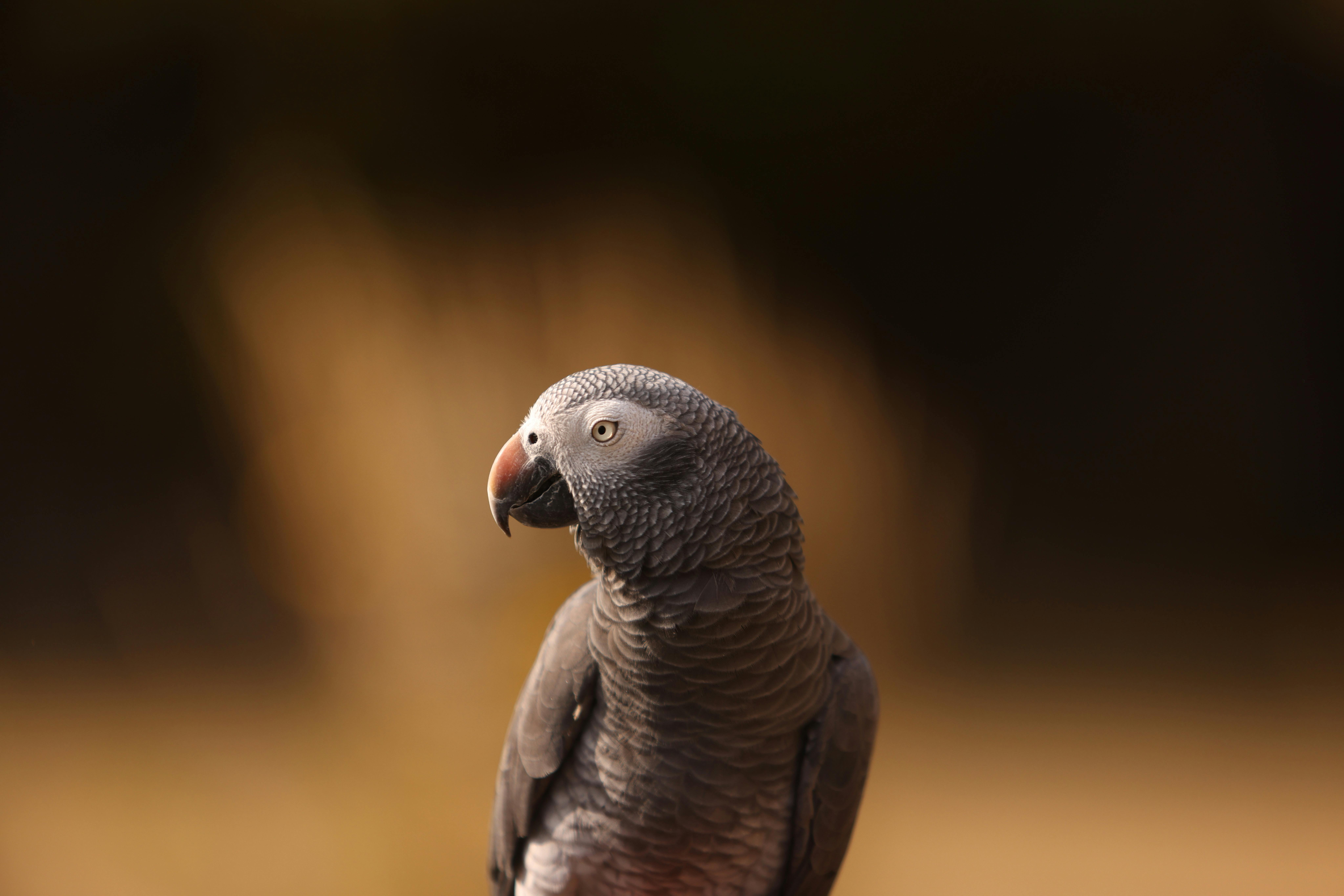Smart Ways to Enhance Your Platinum Parrot Fish in 2025
Welcome to the ultimate guide on enhancing your platinum parrot fish care in 2025! The platinum parrot fish is not only a stunning aquatic specimen due to its vibrant colors and unique shape, but it also presents a unique set of requirements and behavior patterns that enthusiasts should understand. Caring for platinum parrot fish involves attention to their habitat, diet, and overall health, which all contribute to their well-being and vibrant display in your aquarium.
This article will provide insights into creating the ideal platinum parrot fish tank, understanding their care needs, and exploring ways to ensure a long and healthy life for your fish. You will learn about their size, diet, breeding habits, and much more. With proper guidance, you can not only keep these beautiful fish happy but also enjoy every aspect of their captivating behavior.
Key takeaways include understanding the platinum parrot fish’s habitat requirements, dietary needs, and social behavior. Let’s dive into the essential practices that will make your aquarium thrive!
Essential Characteristics of Platinum Parrot Fish
Understanding the essential characteristics of the platinum parrot fish is crucial when designing their aquarium environment. These fish are known for their distinctive parrot-like beak, vibrant silver or white color, and playful behaviors. Their unique physical appearance often captures the attention of both novice and experienced aquarists alike.
Platinum Parrot Fish Size and Growth Rate
The average size of a platinum parrot fish can reach up to 8-12 inches when fully grown, depending on their environment and care. In optimal conditions, they can achieve this size within 1-2 years. Maintaining an appropriate tank size is critical for their growth. A larger tank accommodates a better lifestyle, allowing for more swimming space and providing a more stable environment.
Dietary Needs of Platinum Parrot Fish
When it comes to feeding, the dietary needs of platinum parrot fish are vital to their health and longevity. A well-balanced diet typically includes high-quality pellets, fresh vegetables, and occasional protein-rich foods such as brine shrimp or bloodworms. Understanding platinum parrot fish diet helps in providing the best nutrition, which is essential for their vibrant colors and overall well-being.
Platinum Parrot Fish Behavior
Observing platinum parrot fish behavior is fascinating, as these fish display a range of playful and sometimes social behaviors. They are primarily peaceful but can show territorial tendencies, especially during breeding. Identifying their interactions can also help in choosing suitable tankmates, which we will explore further in this article. Understanding their social dynamics is essential for fostering a friendly community tank environment.

Setting Up an Ideal Platinum Parrot Fish Tank
Having the right setup is paramount to ensuring the health and happiness of your platinum parrot fish. A well-planned aquarium not only benefits the fish but also enhances the aesthetics of your space. Building on these fundamentals, let’s discuss how to set up a tank that caters specifically to the needs of platinum parrot fish.
Required Tank Size and Environment
A suitable tank size for platinum parrot fish should start at 50 gallons and go up to 75 gallons, particularly if you want to house multiple fish. Keeping a larger volume helps in maintaining water quality, which is crucial for their health. Additionally, incorporating proper filtration systems to maintain optimal water conditions is vital. Regular water changes are essential to remove toxins and maintain clear water, contributing to their overall vitality.
Essential Tank Decorations
Decorating the tank is not only for aesthetic appeal but also for stimulating the fish’s natural behavior. Safe plants, rocks, and caves can create hiding spots, which reduce stress and promote social interaction among fish. Understanding platinum parrot fish habitat preferences enhances their environment and provides safe places for them to explore and hide when needed.
Maintaining Water Quality for Platinum Parrot Fish
Water quality is a fundamental aspect of caring for platinum parrot fish. Regular testing for pH levels, ammonia, nitrite, and nitrate levels is essential. Typically, the pH should be maintained between 6.5 and 7.5, with stable temperature ranging from 76 to 82°F. Providing additional heating solutions if necessary ensures you're offering the right temperature for your fish's growth and activity levels.
Enhancing Community Tank Dynamics
As we explore enhancing community dynamics, it’s important to assess interactions among your fish and ensure compatibility. With these basics established, let's delve into compatible tankmates and social behaviors that can help you cultivate a thriving aquarium environment.
Choosing Tankmates for Platinum Parrot Fish
Selecting suitable tankmates is critical in ensuring peace and harmony within your aquarium. Typically, peaceful fish like tetras, guppies, and some species of danios can coexist well with platinum parrot fish. When selecting tankmates, always consider the temperament and compatibility with platinum parrot fish to prevent aggression and stress.
Observing Social Behavior and Interactions
Understanding how your platinum parrot fish interact with others helps to keep the aquarium balanced. Pay attention to their social behaviors—look for signs of hierarchy or stress. Interactions such as chasing or nipping can signal territorial disputes. It’s essential to monitor these activities to maintain a healthy community tank.
Health Care and Maintenance of Platinum Parrot Fish
Ensuring the health and maintenance of your platinum parrot fish is an ongoing process that includes monitoring their diet, tank conditions, and regular check-ups. Taking this concept further, let's explore practical health care tips and common issues faced by aquarists.
Signs of a Healthy Platinum Parrot Fish
Healthy platinum parrot fish have vibrant colors and display active behavior. Signs of distress or illness include lethargy, loss of appetite, and unusual swimming patterns. Keeping track of their health through regular observations is essential for identifying potential problems early.
Common Diseases and Their Prevention
Like all fish, they are prone to certain diseases. Common ailments include ich, fin rot, and swim bladder disease. Knowledge of these issues allows for early intervention. Implementing preventive measures such as maintaining water quality and proper filtration can significantly reduce stress and the likelihood of disease.
Conclusion: Successful Care for Platinum Parrot Fish
Enhancing your platinum parrot fish experience in 2025 revolves around understanding their unique needs and behaviors. Ensuring a proper setup, focusing on their dietary and environmental needs, and maintaining the health of your community tank are essential practices for success. With dedication and attention to detail, you can create a thriving aquatic environment that showcases the beauty and charisma of your platinum parrot fish.

